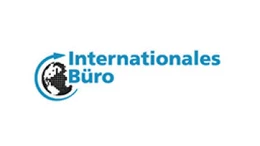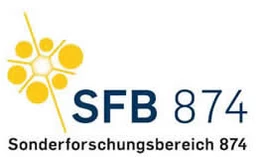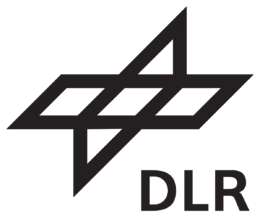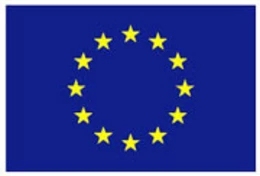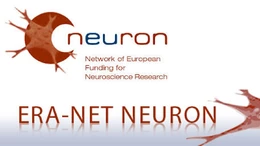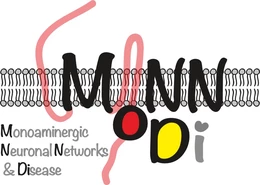We investigate the brain's capacities for plastic reorganization and learning. We use optical imaging techniques combined with modelling to decipher computational strategies of neural networks leading to perception and behavior. Optical imaging is unique in its capability of capturing activity of millions of neurons at once using light (for a review see "VSDI: a new era in functional imaging of cortical dynamics" and our contribution therein). In combination with optogenetics (i.e., light stimulation and recordings of specific target neurons and neuronal subnetworks) and with 2-photon imaging our approaches provide access to theoretical and experimental questions dealing with the highly dynamic activity patterns across the brain.
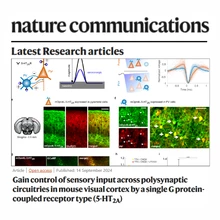
Neuromodulators influence the brain's global state and therefore all processing streams. In this study we show how a specific serotonin receptor (5-HT2A) controls gain of visual input without affecting ongoing brain broadcasts.
Press release, Pressemitteilung (english, deutsch)
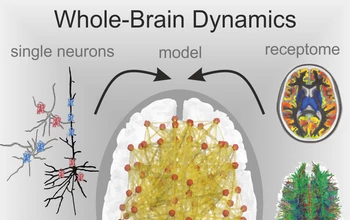
The "receptome" - new approaches for computer models, diagnostics and therapy.
With colleagues from Pompeu Fabra University in Barcelona and Oxfo…
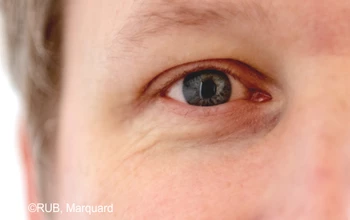
RUB Pressemitteilung / Press release Uni-Bremen
EU-Förderung / ERA-NET NEURON, Call and Projects
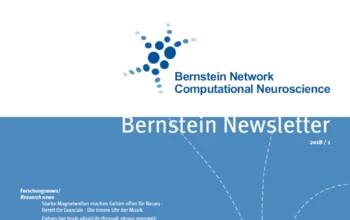
Press Release - Enhancing brain plasticity through strong magnetic waves
At early stages of cortical processing, specific stimulus characteristic…

Jancke D (2017).
Catching the voltage gradient — Asymmetric boost of cortical spread generates motion signals across visual cortex: a brief review with special thanks to Amiram Grinvald.
Neurophoton 4(3): 031206. doi: 10.1117/1.NPh.4.3.031206.

Vladislav Kozyrev, Robert Staadt, Ulf T. Eysel, Dirk Jancke (2018).
TMS-induced neuronal plasticity enables targeted remodeling of visual cortical maps
Proc Natl Acad Sci USA 115: 6476-6481. (open access)

Rekauzke S, Nortmann N, Staadt R, Hock HS, Schöner G, Jancke D (2016).
Temporal asymmetry in dark-bright processing initiates propagating activity across primary visual cortex.
J Neuroscience 36: 1902-1913. doi: 10.1523/NEUROSCI.3235-15.2016 (Open Access)

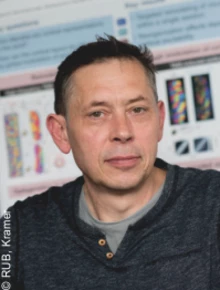
Institut für Neuroinformatik
Ruhr University Bochum
44780 Bochum
Germany
Phone Office: +49(0)234-32-28967
Phone: +49(0)234-32-27845
E-Mail: dirk.jancke@rub.de, orcidID

The Institut für Neuroinformatik (INI) is a central research unit of the Ruhr-Universität Bochum. We aim to understand the fundamental principles through which organisms generate behavior and cognition while linked to their environments.

